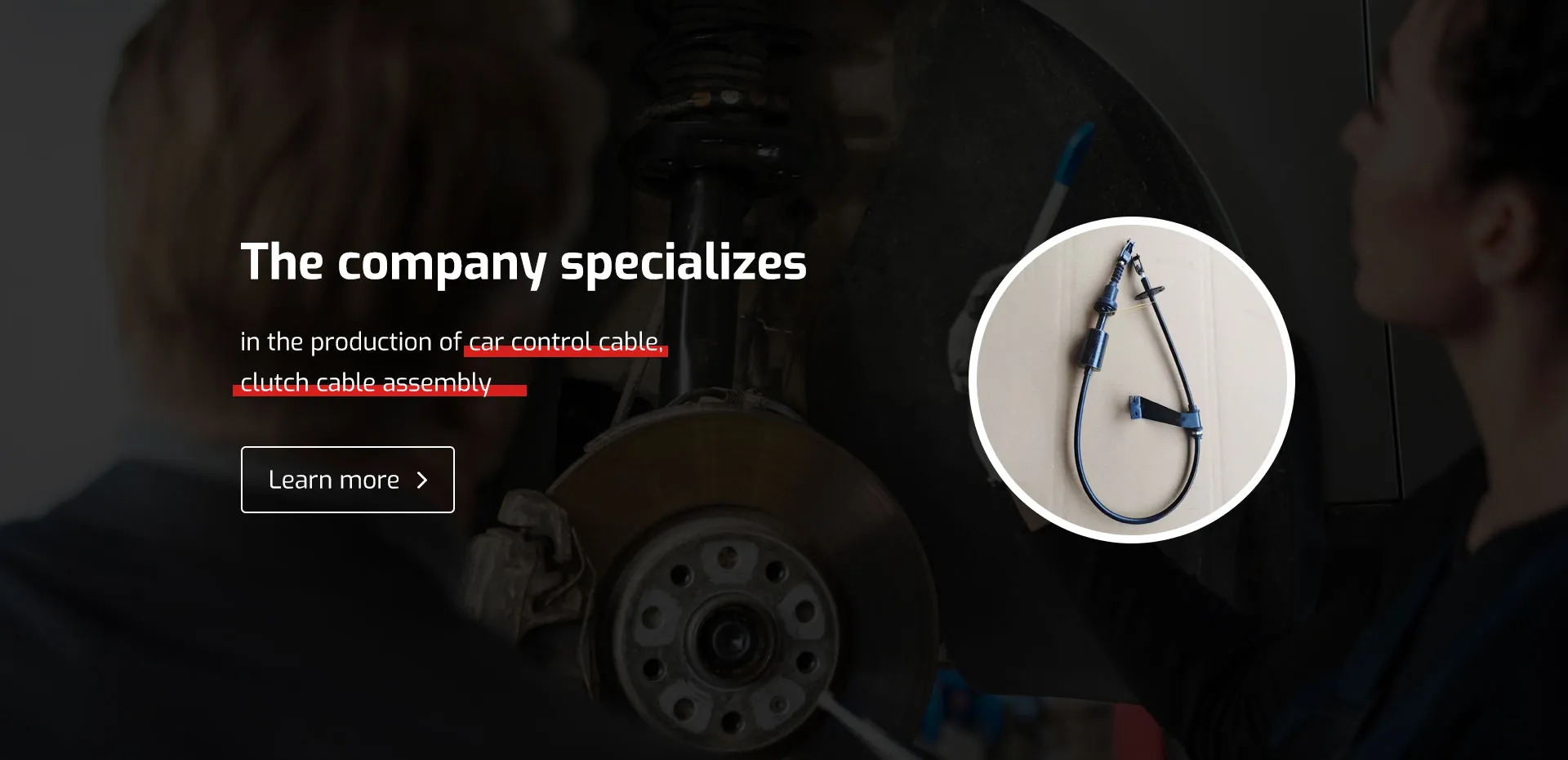Adjusting Lawn Mower Throttle Cable for Optimal Performance and Efficiency
Understanding Lawn Mower Throttle Cables Function, Maintenance, and Troubleshooting
Lawn mowers are essential tools for maintaining a pristine lawn, and one of the crucial components that contribute to their efficient operation is the throttle cable. Understanding how the throttle cable works and its significance can greatly enhance your mowing experience and ensure your equipment runs smoothly.
What is a Throttle Cable?
A throttle cable is a flexible wire or cord that connects the throttle control handle to the engine's throttle mechanism. In simple terms, it's responsible for regulating the engine’s speed by controlling the airflow into the engine. When you adjust the throttle lever, it alters the tension in the cable, which in turn opens or closes the throttle plate in the carburetor.
In most lawn mowers, especially those powered by gas engines, you will find a throttle control knob or lever that allows the operator to increase or decrease engine speed depending on the mowing conditions. For instance, a higher engine speed is typically required for tough grass or thicker patches, while a lower speed may suffice for regular mowing on flat surfaces.
The Importance of a Throttle Cable
The throttle cable plays a vital role in not just regulating engine speed but also in maintaining optimal performance and efficiency of the lawn mower. A properly functioning throttle cable ensures that the engine gets the right amount of air, balancing fuel consumption and power output. This balance can improve fuel efficiency, allowing you to mow for longer periods without needing to refuel.
Additionally, a reliable throttle cable enhances the mower's responsiveness. When you change speeds or adjust the power, a good throttle cable will react promptly, giving you better control over the mower. This is particularly important when navigating tight corners or adjusting speed for different types of grass.
Common Issues with Throttle Cables
Despite their importance, throttle cables can wear out or become damaged over time. Common issues include fraying, breaking, or becoming disconnected. Signs of a malfunctioning throttle cable may include
lawn mower throttle cable

1. Unresponsive Control If adjusting the throttle lever does not result in a corresponding change in engine speed, it may indicate a broken or jammed throttle cable. 2. Erratic Engine Performance If the engine revs too high or too low despite consistent adjustments, it could be a signal that the throttle cable is stretched or damaged.
Maintenance Tips for Throttle Cables
To ensure your lawn mower operates at peak performance, regular maintenance of the throttle cable is essential. Here are several tips to help you maintain it effectively
1. Visual Inspection Periodically check the throttle cable for fraying or visible wear. Look for any signs of kinks or bends, which can impede its flexibility.
2. Lubrication Apply a light lubricant to the cable casing to allow smoother movement within the sheath. This can help prevent corrosion and reduce friction.
3. Adjust Tension If your mower allows for it, you may need to adjust the tension of the throttle cable. Refer to your owner's manual for specific instructions on how to do this properly.
4. Replacements If you notice significant wear, do not hesitate to replace the throttle cable. This is typically an easy and cost-effective fix that can significantly enhance the mower's performance.
Conclusion
In summary, the throttle cable of a lawn mower is a small but vital component that regulates engine speed and maintains efficient operation. By understanding its function and keeping it well-maintained, you can ensure that your mowing experience is both effective and enjoyable. Regular checks, lubrication, and timely replacements will keep your throttle cable in prime condition, ultimately prolonging the life of your lawn mower and enhancing its performance on the job.
-
Workings of Clutch Pipe and Hose SystemsNewsJun.04,2025
-
The Inner Workings of Hand Brake Cable SystemsNewsJun.04,2025
-
The Secrets of Throttle and Accelerator CablesNewsJun.04,2025
-
The Hidden Lifeline of Your Transmission Gear Shift CablesNewsJun.04,2025
-
Demystifying Gear Cables and Shift LinkagesNewsJun.04,2025
-
Decoding Clutch Line Systems A Comprehensive GuideNewsJun.04,2025
